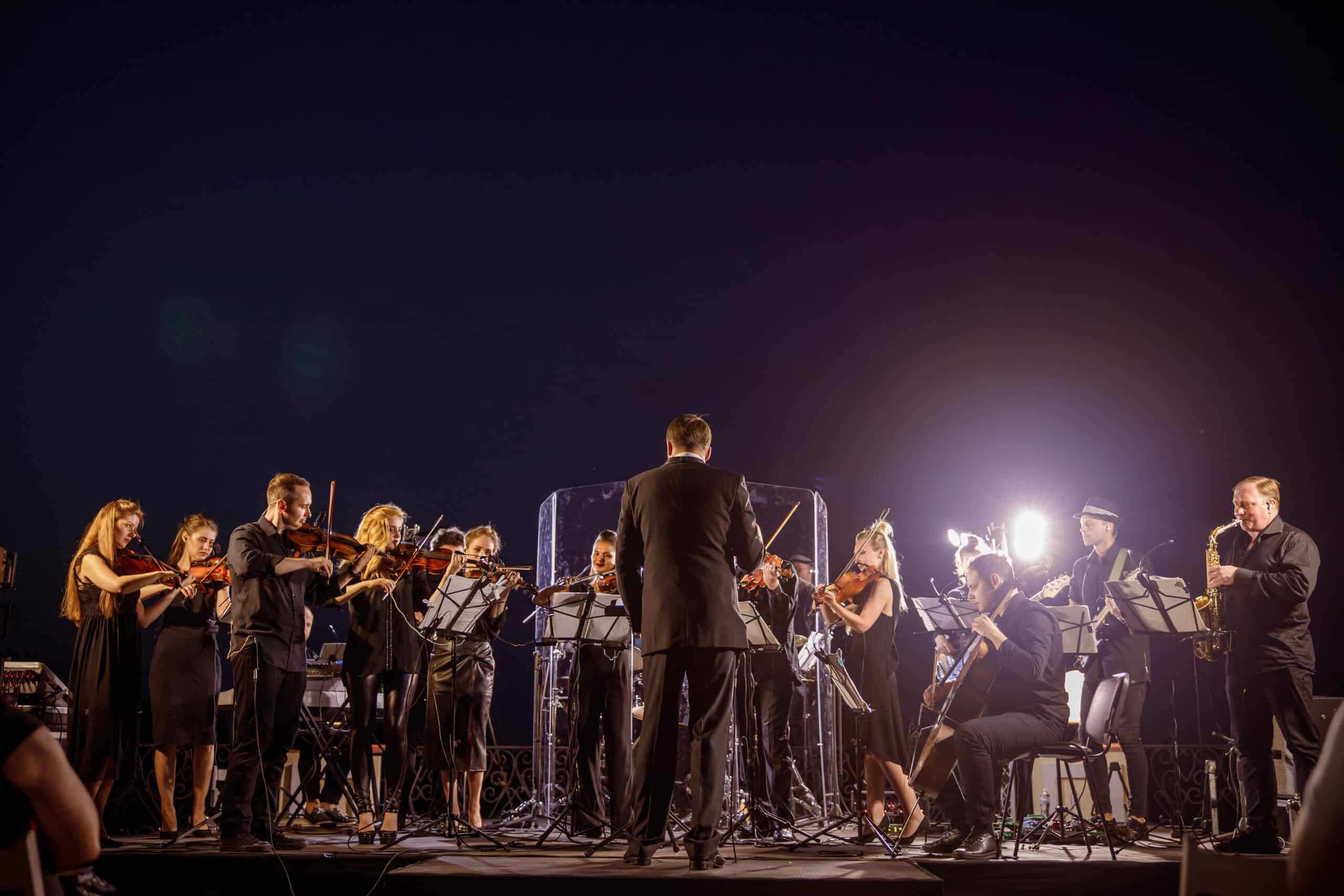Test Your Vocal Range with Our Online Vocal Range Finder

Find your full singing potential with The People’s Orchestra’s vocal range test and vocal range finder. Whether you’re considering joining our ensembles—The People’s Show Choir, The Rusty Players Orchestra, or The People’s Big Band—knowing your vocal range supports your music development. This guide walks you through how to test your vocal range and use the results to improve your singing intervals and voice type recognition.
Test Your Vocal Range with Our Online Vocal Range Finder
What Is a Vocal Range Test and Why It’s Important
Your vocal range refers to the span of notes—from the lowest to the highest—you can comfortably sing. Most singers fall into one of several voice types, including soprano, alto, tenor, baritone, and bass. Understanding your range helps improve control, pitch accuracy, and confidence whether you’re singing pop, opera, or rock music. It also guides your repertoire choices and vocal exercises tailored to your voice.
Step-by-Step: How to Test Your Vocal Range at Home
-
Warm Up Your Voice Start with breathing exercises and light scales to prepare your vocal cords.
-
Find Your Lowest Note Sing a descending scale until the lowest note you can sing clearly. Note the pitch.
-
Find Your Highest Note Move upward through your range into your head voice or falsetto. Stop when clarity fades.
-
Use a Vocal Range Finder or Piano Identify the lowest and highest notes using a piano, digital tuner, or online vocal range tool.
-
Record Your Range Write down your full range (e.g., G2 to C6) and compare it with standard voice types.
-
Repeat Over Time Test your vocal range regularly to track changes and vocal growth.
Detailed Vocal Range Test Instructions
Now that you’ve reviewed the quick steps, here’s a deeper look at how to test your vocal range accurately at home:
1. Warm Up Your Voice
Start with breathing exercises and gentle scales to loosen your vocal cords. This reduces strain and prepares your voice for a full range check.
2. Sing Downward to Find Your Lowest Note
Start at a comfortable pitch and sing downward using vowel sounds like “ah” or “oo.” Continue until you hit the lowest note you can sing clearly without tension. This may fall into your chest voice, especially for baritone or bass ranges.
3. Sing Upward to Find Your Highest Note
Return to your mid-range and sing upward through your range, reaching into your head voice or falsetto. Stop at the highest note that feels natural and clear—don’t push into strain or distortion.
4. Use a Piano, Guitar, or Vocal Range Finder Tool
As you test both directions, match your notes with a piano, tuning app, or vocal range finder. Note the exact pitches (e.g., G2 to C6).
5. Record Your Results
Write down your lowest and highest notes. This gives you a measurable vocal range and helps identify your voice type, such as alto, tenor, or soprano.
6. Repeat Periodically
Recheck your vocal range every few weeks to monitor improvement. Use the same tools or apps to track consistency and progress over time.
With proper vocal warm-ups and testing tools, you can accurately define your singing range and make informed choices about your repertoire and vocal training.
How to Interpret Your Vocal Range Test Results
Comparing Your Vocal Range With Famous Singers
Comparing your vocal range to famous singers can be an enlightening exercise, offering perspective on your own abilities and potential. Use an android app or online tool to plot your range alongside renowned vocalists, noting not just the span of notes but also the unique timbre of your voice. Remember, even if you can’t hit the five-octave range of Mariah Carey or the low notes of a bass in a professional choir, your voice is still valuable and can contribute to the melody. Focus on developing your particular strengths, whether that’s a warm mid-range or the ability to shift seamlessly between semitones.
Determining Your Voice Type Based on Your Vocal Range
After completing a voice range test or singing range test, you can determine your voice type based on the results. Take an online voice range test or use a “find my singing range” tool to identify where your voice falls within standard vocal categories. Your voice type isn’t just about the notes you can hit in a song; it also considers your tone quality and where your voice feels most comfortable. Remember that voice types can overlap, so don’t be discouraged if you don’t fit perfectly into one category.
Tips to Extend or Improve Your Vocal Range Over Time
To improve your vocal range over time, consistently practice vocal exercises and warm-ups tailored to your current abilities. Take a “range vocal test” or “test your singing range” regularly to track your progress and adjust your training accordingly. Consider working with a vocal coach who can provide personalized guidance and help you safely expand your range through targeted exercises. Remember, patience and proper technique are key – rushing to hit extreme notes without proper training can strain your voice and hinder long-term progress.
Conclusion
Discovering your vocal range empowers you to unlock your full singing potential. By taking a vocal range test, you gain valuable insights into your voice type, allowing you to choose appropriate songs and improve your technique. Understanding your range helps you compare yourself to famous singers and set realistic goals for improvement. With this knowledge, you can embark on a focused journey to extend and refine your vocal abilities, whether you’re a seasoned performer or a newcomer to The People’s Orchestra.






